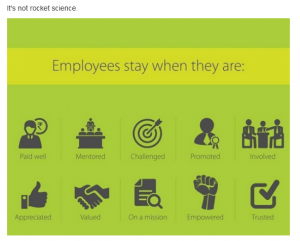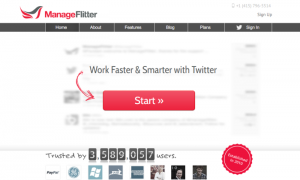— March 30, 2018
I’ve expressed in a past article that one out of five emails never makes it to the inbox. So the question is, what do we do about this? There are many things you can do so I’ve decided to focus this article on the top three. Here they are:
1. The most important thing you can do to maximize the deliverability of any email campaign is sending your content to people who want to receive it. Seth Godin calls it “permission marketing.” One of my favorite quotes from Seth is, “when someone chooses to pay attention they are actually paying you with something precious.” I think marketers sometimes forget this. But for email marketers, we can pretty much guarantee that we’re sending to people that want our content. The way to make this happen is by getting them to opt into our database. Either collect their email addresses at a tradeshow or create a sign-up sheet on our website to invite people to receive our content, etc. Do not continually send to people who don’t want your content. How’s that for a double negative?
2. Create an engaged segment within your database. This is a fundamental tactic we use to make sure we’re not sending content to people who will be unhappy to receive it. Most email marketing platforms can create triggered segments based on behavior. For every client, we use this capability to identify people who are engaged in the campaign. If somebody opens an email, this tells us something. They didn’t delete the email. They didn’t complain about spam. And they didn’t opt out of the campaign. This behavior shows they are engaged and can be treated as an opt-in. These people receive emails every time we send something out. Then we are very careful not to send to the rest of the list every single time. One thing you can do is break up the remaining list into three or four segments and then only send to one of those sub-segments each time an email goes out. This will increase your open rates and definitely improve deliverability.
3. Set up authentication. This should be done when you very first set up a new email campaign for a new client or a new company. Most email marketing platforms will insist this be done. But it’s critical you understand DKIM, SPF, and DMARC authentication practices. Explaining these goes much deeper than the intended scope of this article. But the critical thing to understand is that these tactics identify you as an authentic person or company and not as a robot or a spammer. These authentication practices not only improve the deliverability of your emails, but they protect your IP address and domain reputation on the Internet. So my main point here is if you are doing email marketing make sure you do a deep dive into this topic, so you fully understand authentication and how to implement it.
This article originally appeared on the So-Mark Blog and has been republished with permission.
Digital & Social Articles on Business 2 Community
(71)
Report Post










